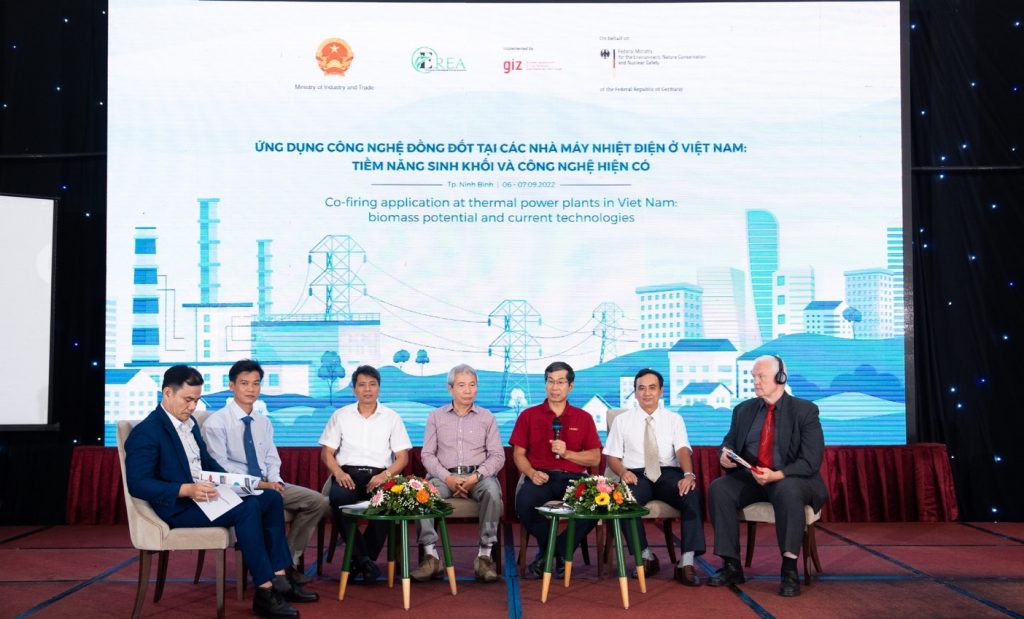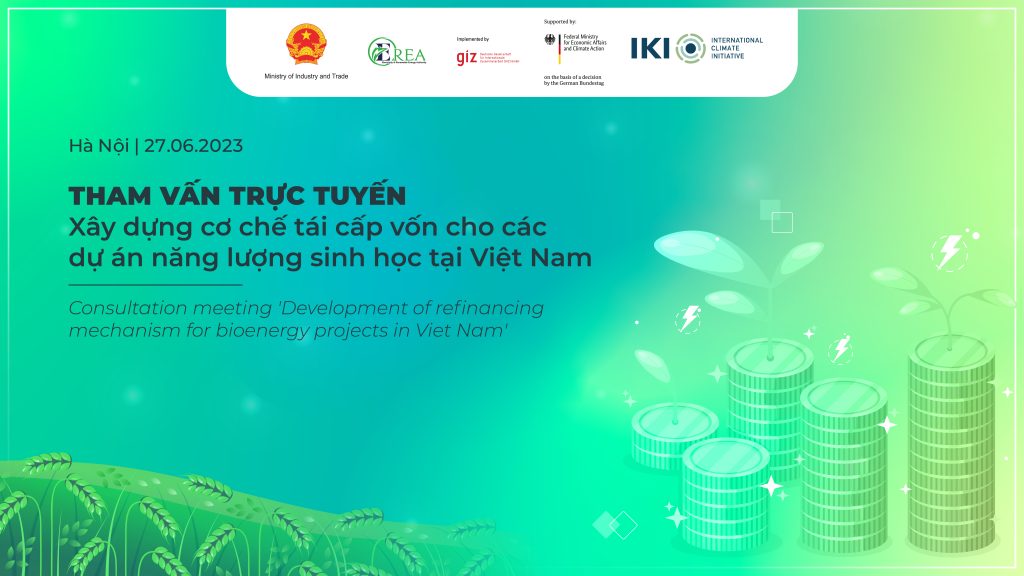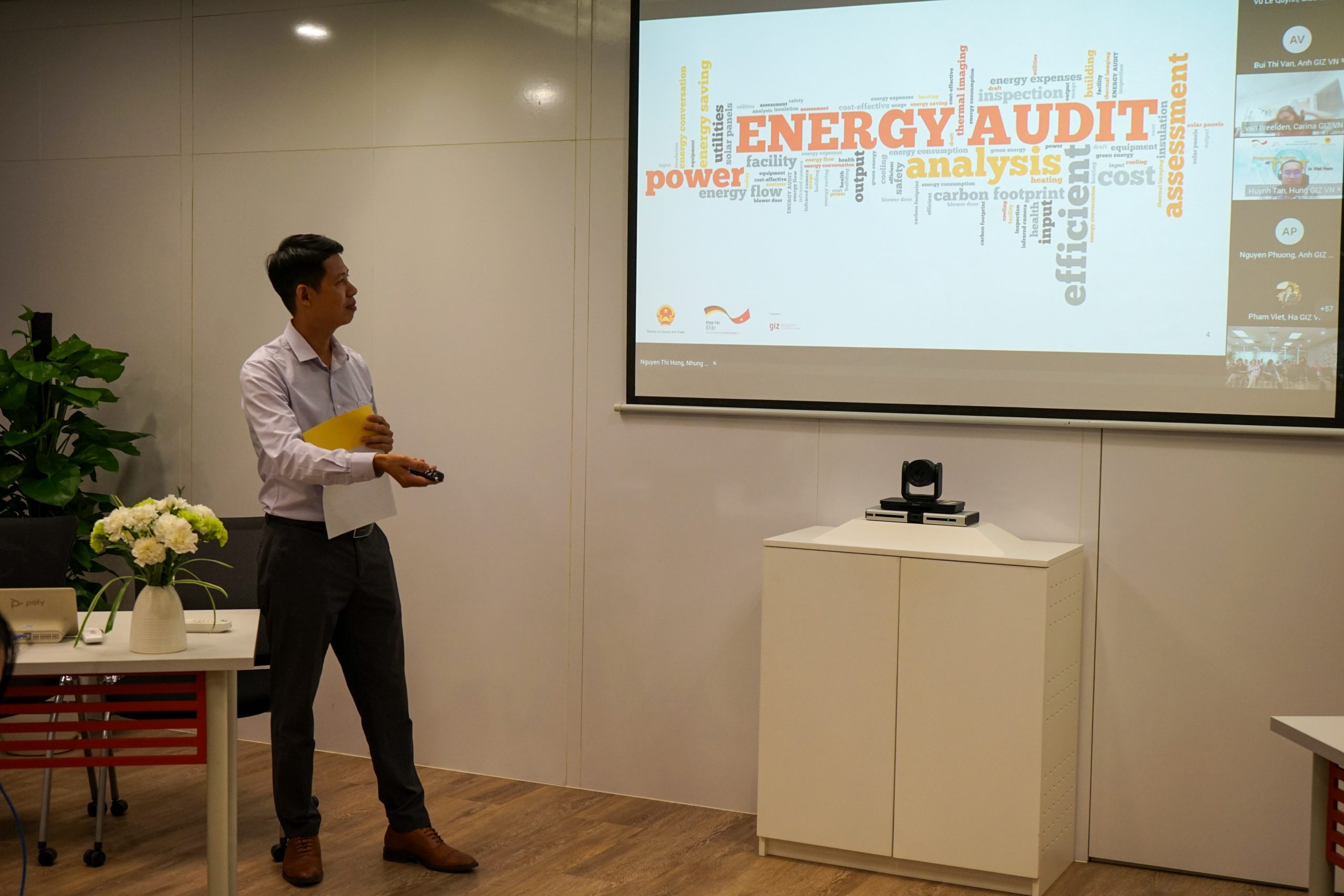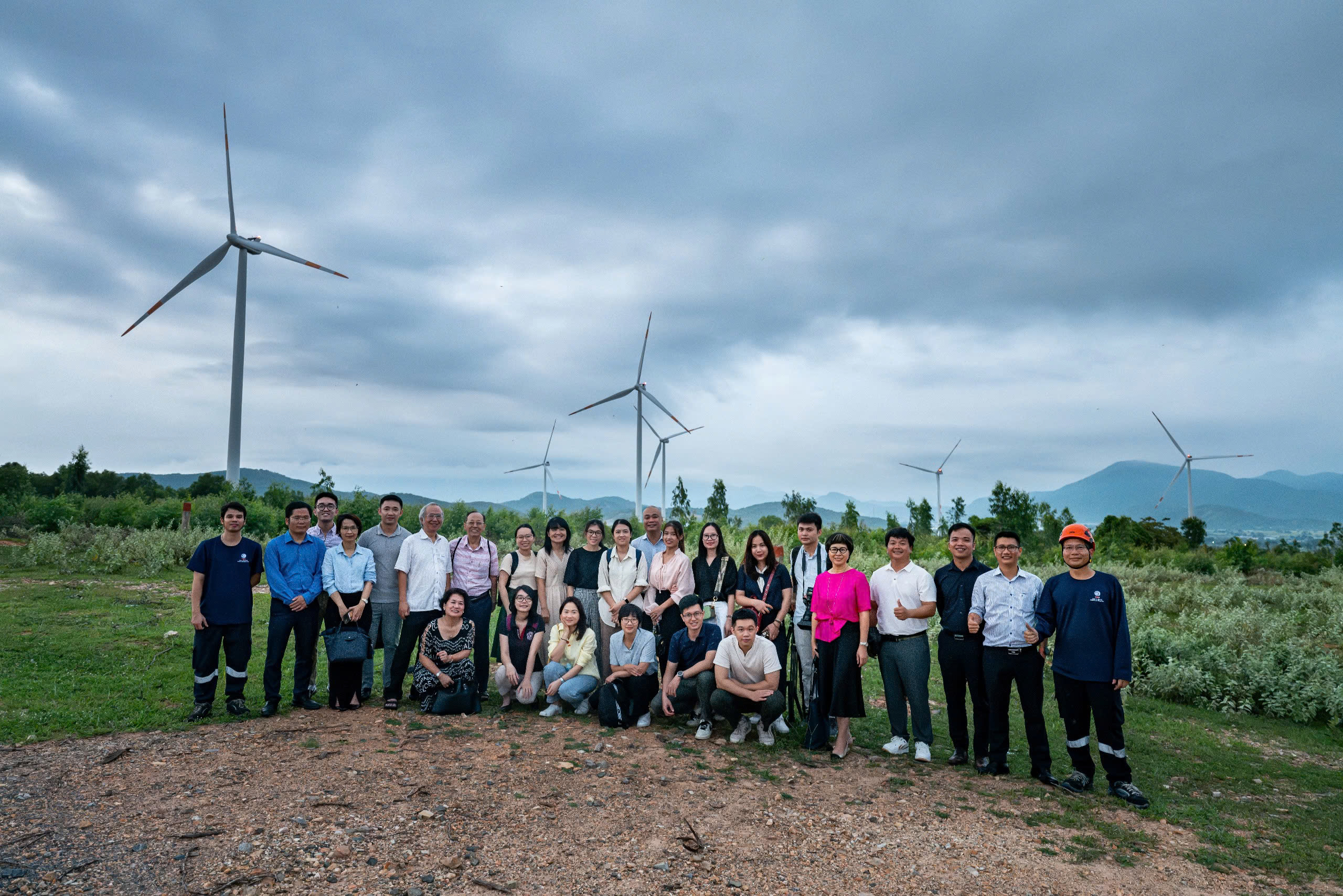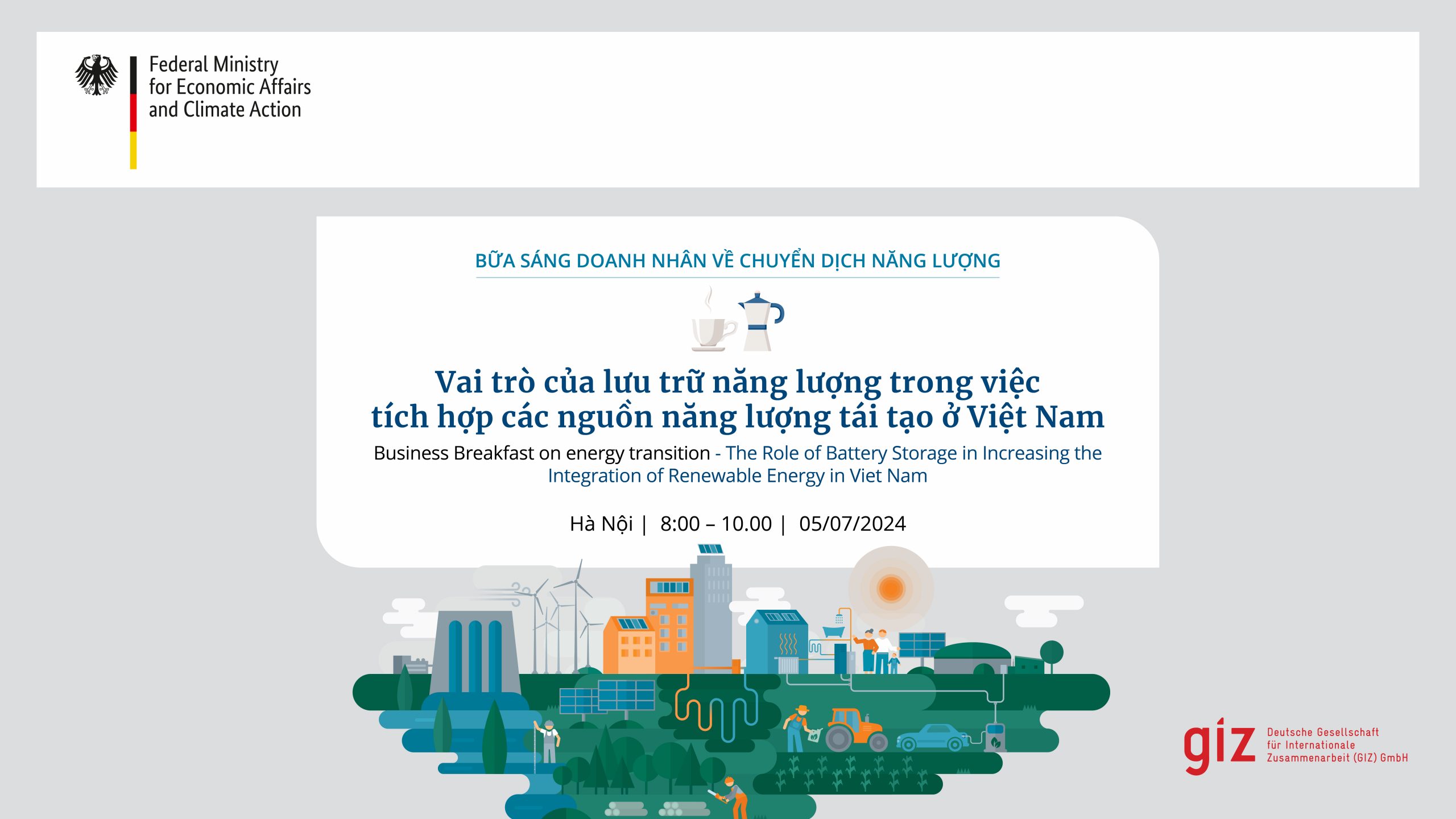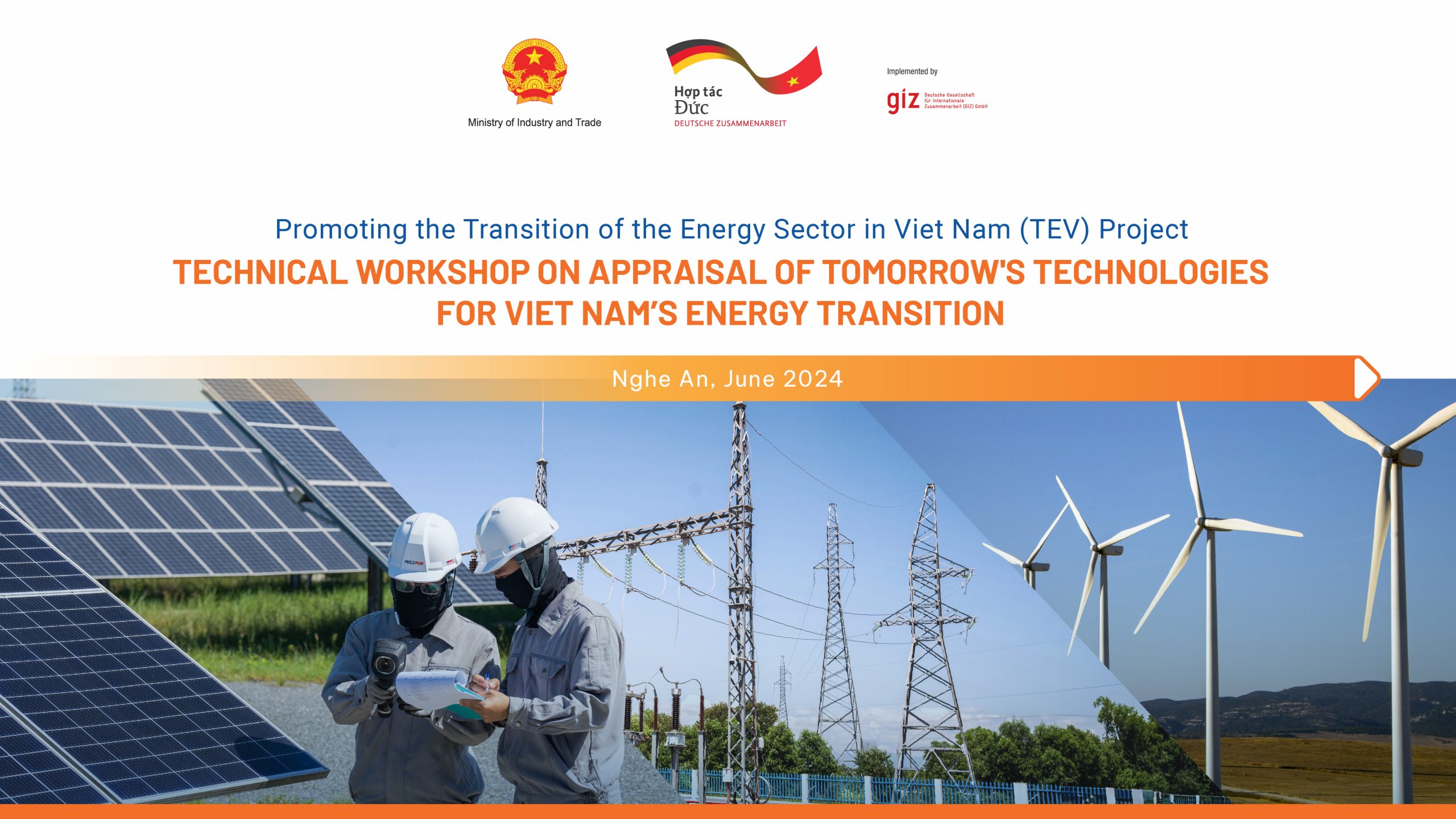The secret life of wood chips and sawdust: Read more on how Viet Nam’s wood industry AND forestry can benefit from bioenergy development and why money could in fact grow on trees
Since time immemorial, humans have used wood as fuel for heat and cooking. Today, still about 55% of the 4 billion m3 of wood used annually worldwide is burned as fuel to meet daily energy demands, especially in developing countries. At the rate of growth the world population is currently witnessing, there is simply no way for forests to keep up with the demand. Therefore, devising sustainable processes for the use of wood in energy markets is a prerequisite for healthy forests, and a carbon free future.
Woody biomass comes from either conventional forestry or from woody crops. If the life cycle of trees is accounted for, harvesting operations in forests for the wood processing industry can even benefit the forest by reducing the risk of fires, as seen in Australia & California, and diseases, as seen in Canada. Since the density of forest residues is relatively high, it is crucial to keep transport costs low by compacting. The large-scale use of mill and forest residues has proven successful to the point of using all available material.
Planting fast-growing, resistant energy crops can be a second way to harvest clean renewable energy. Balancing the positive effects of site-productivity, biodiversity, erosion mitigation, soil improvement and greenhouse gas reduction have to be carefully accounted for.
Viet Nam boasts of almost 14 million hectares of natural and plantation forest. The country’s wood processing sector has been growing rapidly and the demand for wood pellets and chips is rising both domestically and for exportation. However, the growth in the wood sector is not reflected in woody biomass electrification in Viet Nam mainly due to the high price as compared to the other biomass materials.
Solid or gaseous fuels derived from woody biomass can be a sustainable source of energy. In fact, forest biomass is used as one of the key elements for calculating national carbon budgets, carbon flux monitoring and studies on climate change. In order to fully exploit the potential of woody biomass in Viet Nam, a considerable effort of raising awareness at the level of policy making and regional planning is needed.
References/ Ngu?n tham kh?o:
(1) http://www.fao.org/3/xii/0077-A1.htm
(2) Ibid.
(3) Dang, An Thi Ngoc, et al. “Forest aboveground biomass estimation using machine learning regression algorithm in Yok Don National Park, Vietnam.” Ecological Informatics 50 (2019): 24-32.




